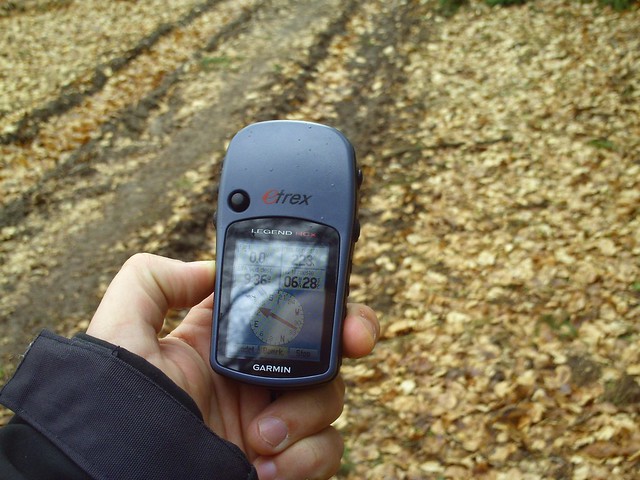GPS for Hiking: Buyer’s Guide
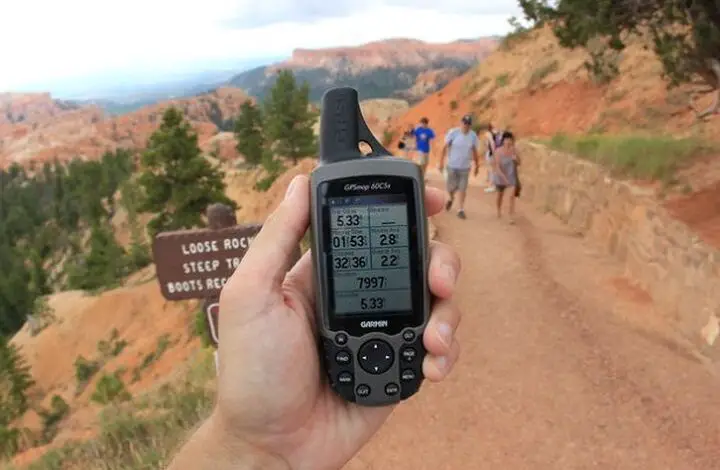
The days are long gone when GPS was a ground-breaking, experimental technology. It’s now become almost ubiquitous, with the potential to improve your hiking experience dramatically provided that you know how to get the most out of it.
While it remains the subject of heated debate whether your smartphone’s GPS capability is enough, more and more hikers who like to get off the beaten trail are considering a full-fledged GPS device. The latter, thoroughly reviewed by cleverwander.com, typically have a much longer battery life and often use disposable batteries. Here’s a concise guide on how to choose a model that will deliver and how to use your pick.
Shopping for a Hiking GPS Device
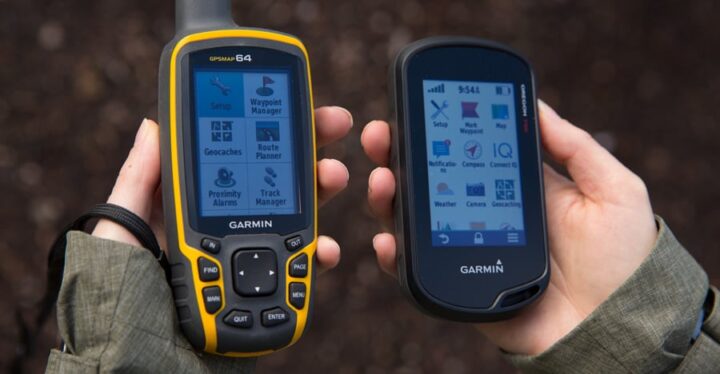
The purpose of any handheld GPS is essentially the same, that is, to facilitate precise locating. Simple as this may sound, it doesn’t preclude the gadgets from being enhanced with all kinds of bells and whistles. Some features, such as touch-screens and other cutting-edge technology meant to improve user experience, work well in urban settings. However, these niceties might prove a waste of money if you’re shopping with hiking in mind.
When it comes to choosing the right handheld GPS device for your next outing, durability is key. We all are prone to falls and not-so-soft landings while exploring the great outdoors, so choose a model that boasts a robust design. Materials that resist impact and abrasion effectively are preferable. Water-resistant or, ideally, waterproof models are great if you reasonably expect to be caught in the rain, which is more than likely in most climates. Waterproofness of IPX7 enables immersion of up to 1 meter for as long as half an hour and is sufficient for most applications.
Battery life is another crucial parameter since locating is an energy-consuming process. Think about how often you can afford to replace the batteries when on the trail, and make sure you have this option. The rechargeable battery is a viable solution even if you always have access to power outlets — an unlikely scenario on a hiking tour. Generally, look for models with a battery life of at least 10 hours. As a greener and ultimately cost-saving alternative, GPS devices can be charged using a solar charger.
Hiking routes differ, but there’s a rule that applies almost universally — every pound counts if you’re carrying it in your backpack. Thus, it’s advisable to choose handheld GPS devices that are lightweight and compact. It goes without saying that the shape of the case should fit your hand snugly without being too bulky to hold.
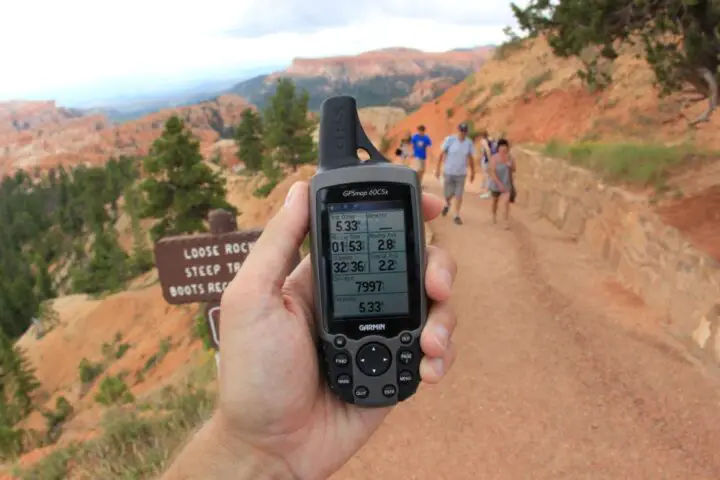
The primary function of GPS devices on the trail is to show you a detailed map of where you are and where you are heading. Detailed is the keyword here; make sure you can get a really granular view with the gadget’s display. As a rule of thumb, a diagonal of two inches is the bare minimum for a decent picture. Resolution plays an important role, too — the higher it is, the better.
Speaking about displays, opinions differ as to whether a touch-screen is necessarily a nuisance. It’s hard to argue that this technology enables faster navigation than old-school buttons. However, there has to be an alternative if you’re hiking in wet and/or cold weather, especially with your gloves on.
Navigation technology is another important parameter to take into account. In settings where fast and precise positioning is key, a GLONASS-enabled handheld GPS will perform better than its GPS-only counterpart. This also applies to particularly difficult terrain such as densely grown woods and the like. WAAS is another positioning-related feature that corrects the GPS signal for greater accuracy. The Hotfix technology is used in some devices to improve GPS locating efficiency.
To use the positioning data generated in a comfortable manner, choose the planning software that comes with your device carefully. Some brands, such as the famous Garmin, use their own software, while others can rely on third-party products. Make sure whichever you choose is compatible with your device’s operating system.
Finally, a handheld GPS doesn’t have to be all about locating. Connectivity enabling interaction with heart rate monitors, temperature sensors, etc. can be useful for health-conscious hikers, and an electronic compass, combined with an altimeter, might replace GPS where the signal is low.
How to Use a Handheld GPS for Hiking
Now that you’ve picked a suitable GPS device for your purpose take your time and read the manual. Yes! Every handheld GPS is difficult and offers a plethora of functions and adjustments, so getting familiar with all it has to offer should be your step No. 1.
Even the simplest models typically have the following functions that you can use on your backpacking tour:
- Displaying your coordinates or showing where you are on its base map or a topographic one
- Recording the track you have covered as well as acting as an odometer to collect track-related stats such as how far you have gone, how high you’ve ascended (or how low you’ve descended), your average speed, and much more
- Helping you get from point A to point B according to pre-set waypoints, telling you in which direction to move and how far you are from your destination
At home, you can make use of your device’s connectivity to manage maps, such as by downloading custom ones, plan routes, request trip data analysis, and much more.
Before you set out on your first trip with a GPS, remember to match your initial settings with those on the maps you are using. You should also remember that dense woods and covers such as canyon walls will block the signal, so look for open areas.
Hiking with a GPS: Summing It Up
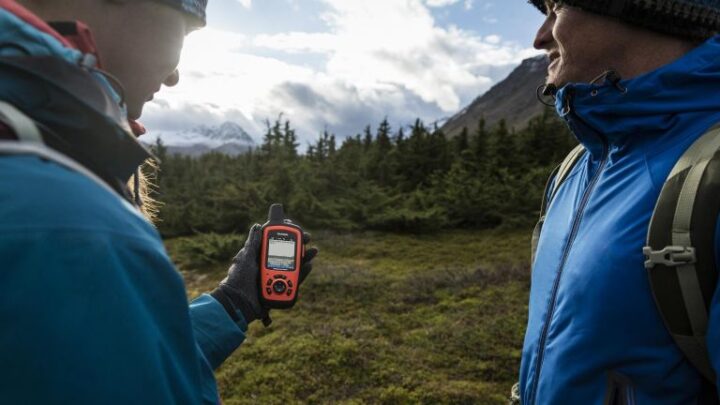
A GPS device can boost your hiking experience immensely provided that it has an adequate battery resource, good locating capabilities, and an easily readable display paired with appropriate route-planning software and controls. Remember to use it as intended, and it’ll become your best friend on the next trip. Happy hiking!

